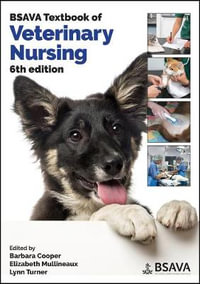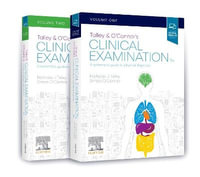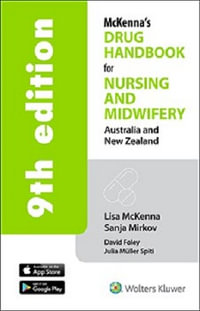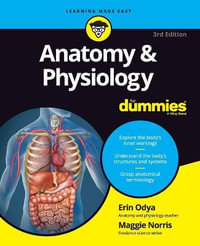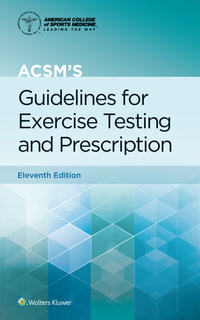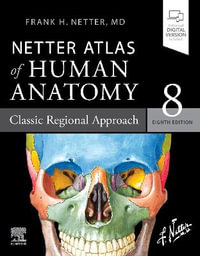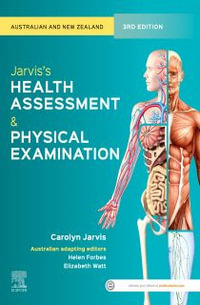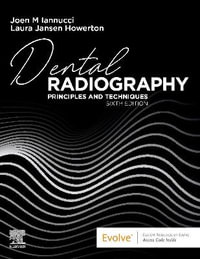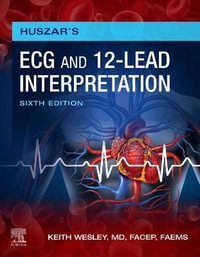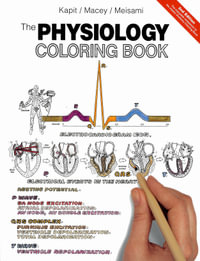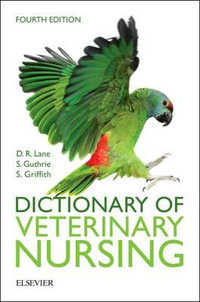Preface ix
1. The What, Why, and How of Biostatistics in Medical
Research 1
1.1 Defi nition of Statistics and Biostatistics, 1
1.2 Why Study Statistics?, 3
1.3 The Medical Literature, 9
1.4 Medical Research Studies, 11
1.4.1 Cross-sectional studies including surveys, 11
1.4.2 Retrospective studies, 12
1.4.3 Prospective studies other than clinical trials, 12
1.4.4 Controlled clinical trials, 12
1.4.5 Conclusions, 13
1.5 Exercises, 14
2. Sampling from Populations 15
2.1 Definitions of Populations and Samples, 17
2.2 Simple Random Sampling, 18
2.3 Selecting Simple Random Samples, 19
2.4 Other Sampling Methods, 27
2.5 Generating Bootstrap Samples, 28
2.6 Exercises, 32
3. Graphics and Summary Statistics 34
3.1 Continuous and Discrete Data, 34
3.2 Categorical Data, 35
3.3 Frequency Histograms, 35
3.4 Stem-and-Leaf Diagrams, 38
3.5 Box Plots, 39
3.6 Bar and Pie Charts, 39
3.7 Measures of the Center of a Distribution, 42
3.8 Measures of Dispersion, 46
3.9 Exercises, 50
4. Normal Distribution and Related Properties 51
4.1 Averages and the Central Limit Theorem, 51
4.2 Standard Error of the Mean, 53
4.3 Student's t-Distribution, 53
4.4 Exercises, 55
5. Estimating Means and Proportions 58
5.1 The Binomial and Poisson Distributions, 58
5.2 Point Estimates, 59
5.3 Confi dence Intervals, 62
5.4 Sample Size Determination, 65
5.5 Bootstrap Principle and Bootstrap Confidence Intervals,
66
5.6 Exercises, 69
6. Hypothesis Testing 72
6.1 Type I and Type II Errors, 73
6.2 One-Tailed and Two-Tailed Tests, 74
6.3 P-Values, 74
6.4 Comparing Means from Two Independent Samples: Two-Sample
t-Test, 75
6.5 Paired t-Test, 76
6.6 Testing a Single Binomial Proportion, 78
6.7 Relationship Between Confi dence Intervals and Hypothesis
Tests, 79
6.8 Sample Size Determination, 80
6.9 Bootstrap Tests, 81
6.10 Medical Diagnosis: Sensitivity and Specificity, 82
6.11 Special Tests in Clinical Research, 83
6.11.1 Superiority tests, 84
6.11.2 Equivalence and bioequivalence, 84
6.11.3 Noninferiority tests, 86
6.12 Repeated Measures Analysis of Variance and Longitudinal
Data Analysis, 86
6.13 Meta-Analysis, 88
6.14 Exercises, 92
7. Correlation, Regression, and Logistic Regression
95
7.1 Relationship Between Two Variables and the Scatter Plot,
96
7.2 Pearson's Correlation, 99
7.3 Simple Linear Regression and Least Squares Estimation,
101
7.4 Sensitivity to Outliers and Robust Regression, 104
7.5 Multiple Regression, 111
7.6 Logistic Regression, 117
7.7 Exercises, 122
8. Contingency Tables 127
8.1 2 x 2 Tables and Chi-Square, 127
8.2 Simpson's Paradox in the 2 x 2 Table, 129
8.3 The General R x C Table, 132
8.4 Fisher's Exact Test, 133
8.5 Correlated Proportions and McNemar's Test, 136
8.6 Relative Risk and Odds Ratio, 138
8.7 Exercises, 141
9. Nonparametric Methods 145
9.1 Ranking Data, 146
9.2 Wilcoxon Rank-Sum Test, 146
9.3 Sign Test, 149
9.4 Spearman's Rank-Order Correlation Coefficient, 150
9.5 Insensitivity of Rank Tests to Outliers, 153
9.6 Exercises, 154
10. Survival Analysis 158
10.1 Time-to-Event Data and Right Censoring, 159
10.2 Life Tables, 160
10.3 Kaplan?Meier Curves, 164
10.3.1 The Kaplan-Meier curve: a nonparametric estimate of
survival, 164
10.3.2 Confidence intervals for the Kaplan-Meier estimate,
165
10.3.3 The logrank and chi-square tests: comparing two or more
survival curves, 166
10.4 Parametric Survival Curves, 168
10.4.1 Negative exponential survival distributions, 168
10.4.2 Weibull family of survival distributions, 169
10.5 Cox Proportional Hazard Models, 170
10.6 Cure Rate Models, 171
10.7 Exercises, 173
Solutions to Selected Exercises 175
Appendix: Statistical Tables 192
References 204
Author Index 209
Subject Index 211

